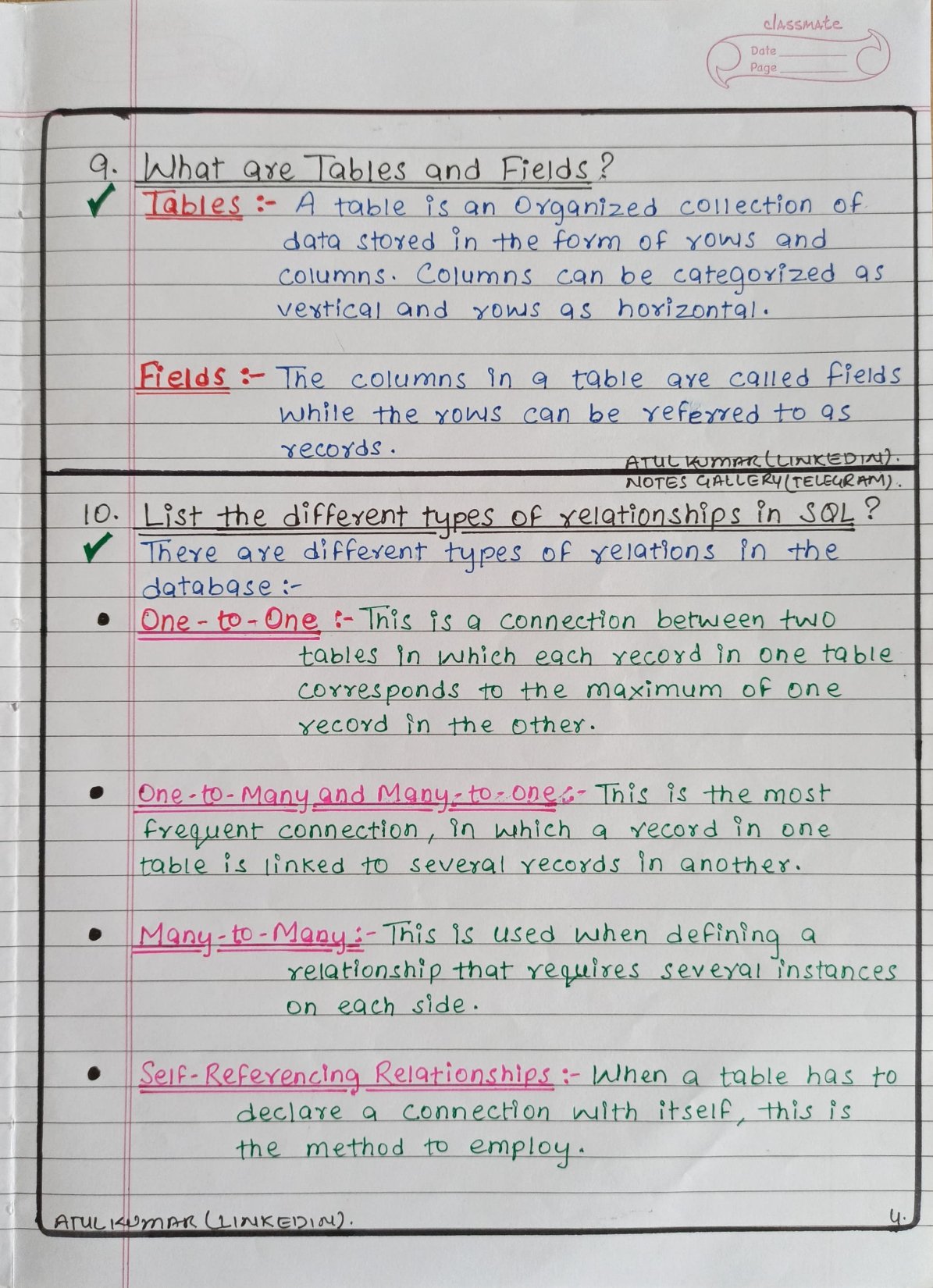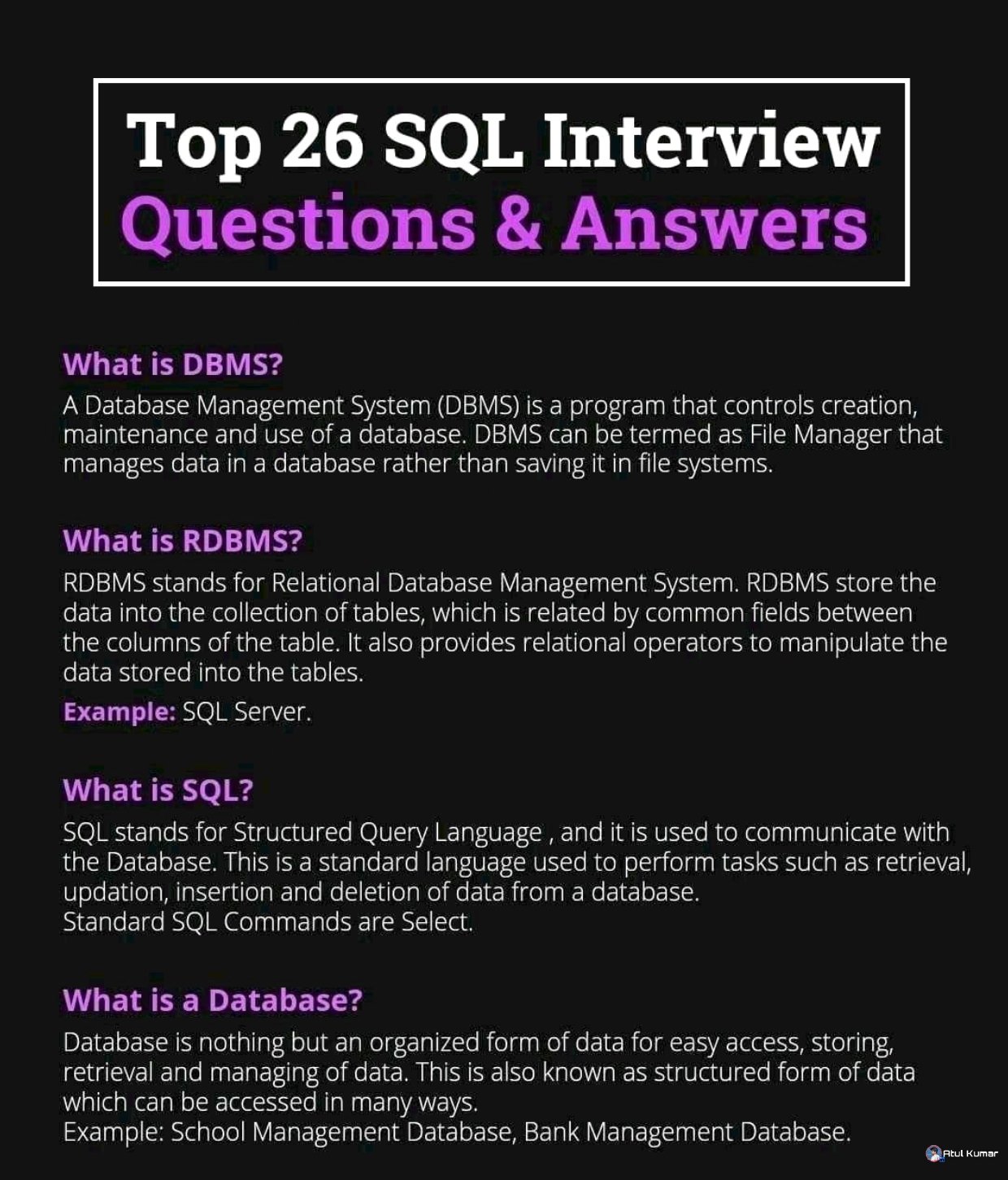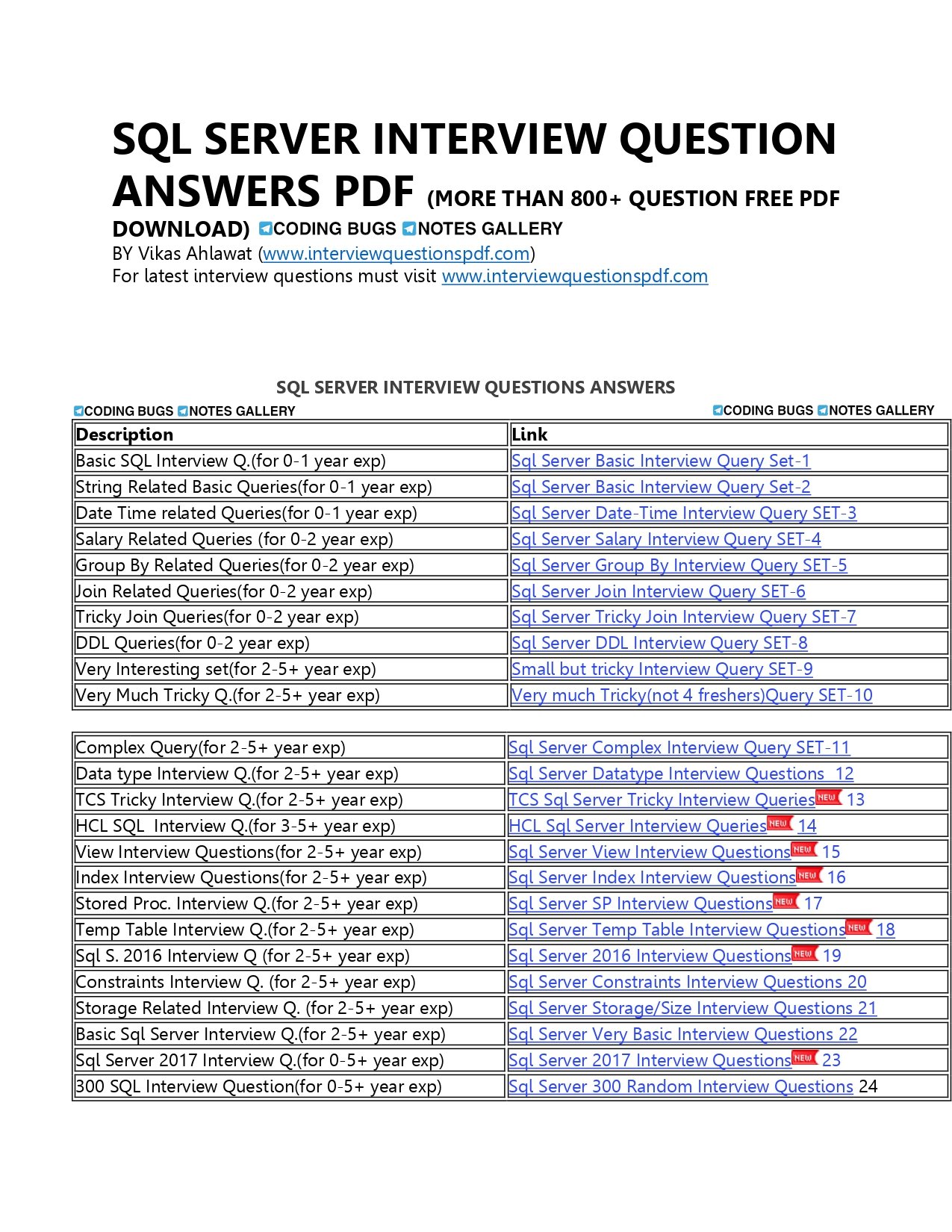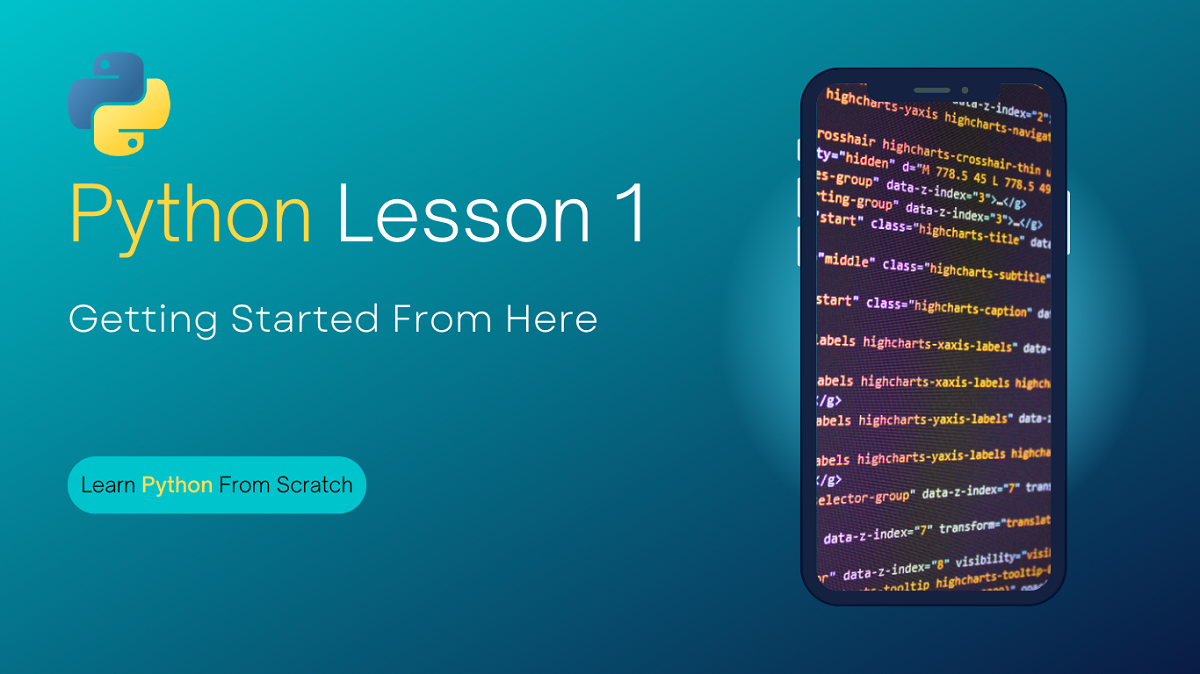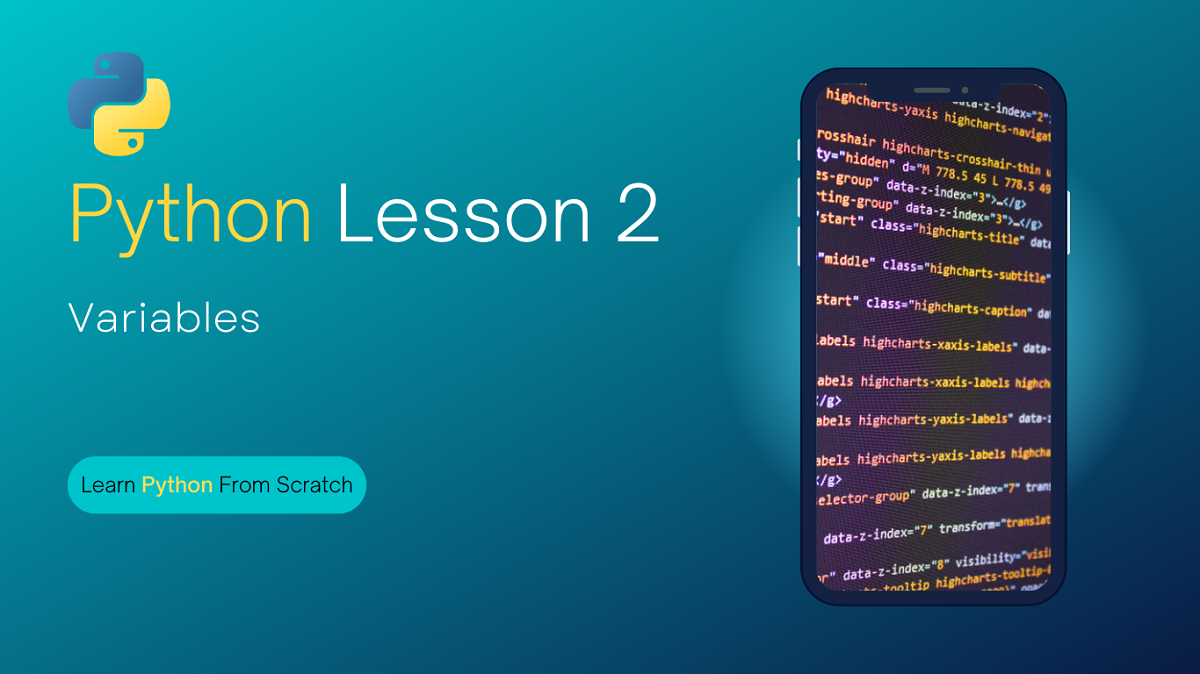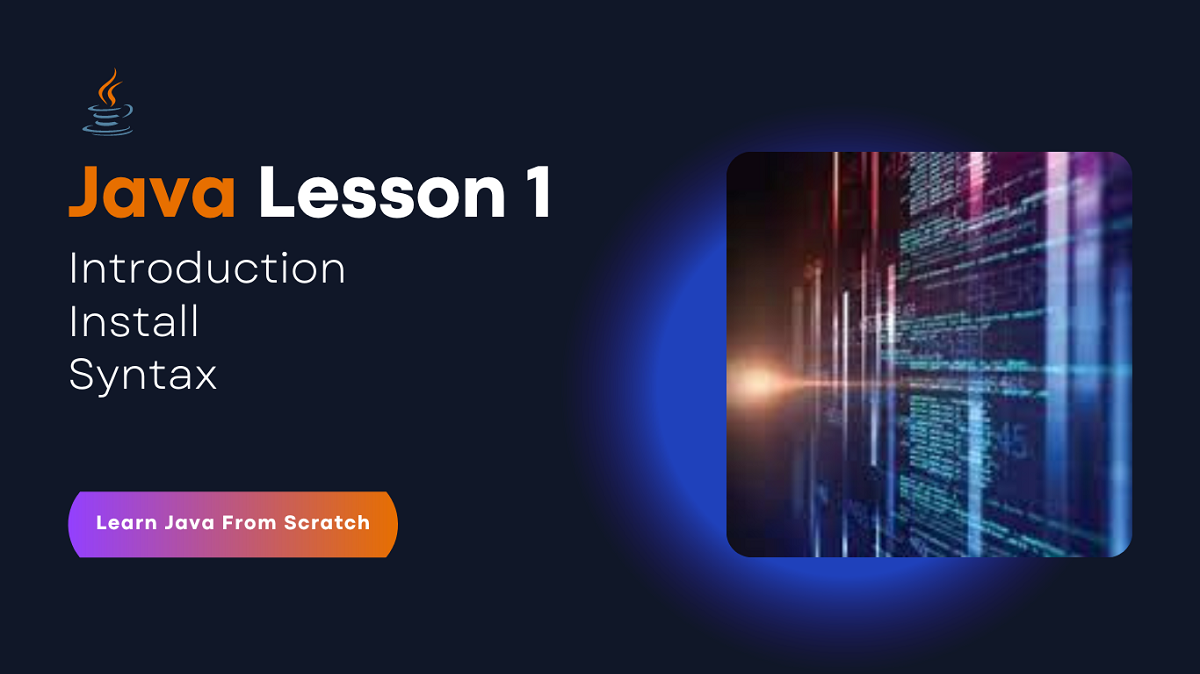SQL Database Handwritten PART 1: Building a Strong Foundation for Database Management
Welcome to our blog post featuring “SQL Database Handwritten PART 1.” SQL (Structured Query Language) is the backbone of database management, enabling efficient data storage, retrieval, and manipulation. In this blog series, we present you with a collection of handwritten notes that focus on building a strong foundation in SQL database management.
In “SQL Database Handwritten PART 1,” we dive into the essential concepts and techniques required to effectively work with SQL databases. These handwritten notes provide a personal touch and concise explanations of key topics, making it easier for beginners to grasp the fundamentals and for experienced professionals to review and reinforce their knowledge.
Why “SQL Database Handwritten PART 1”?
While there are numerous resources available for learning SQL, handwritten notes offer a unique learning experience. The “SQL Database Handwritten PART 1” series combines the benefits of handwritten content with a comprehensive coverage of SQL database management. These notes serve as a valuable reference that simplifies complex concepts and ensures a solid understanding of SQL fundamentals.

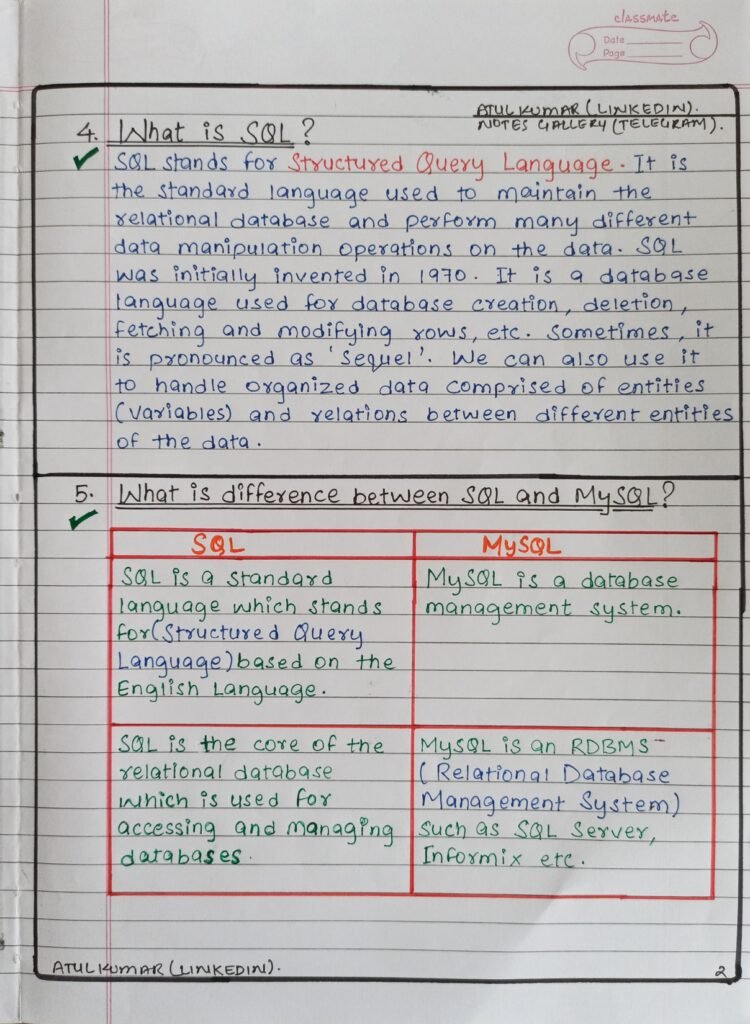
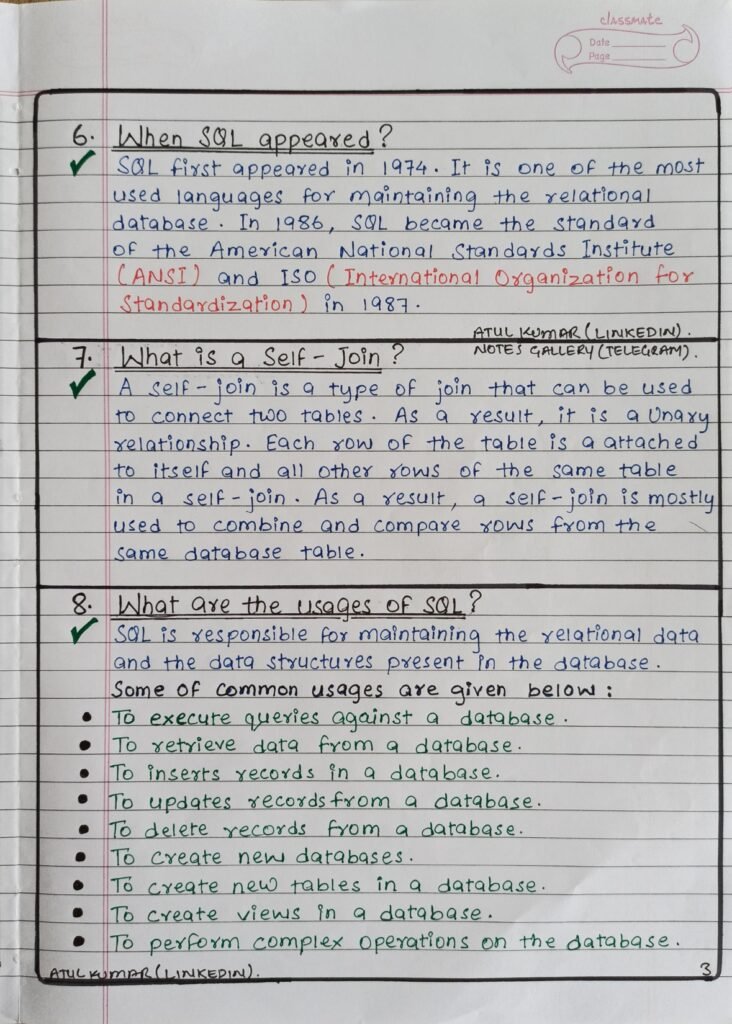
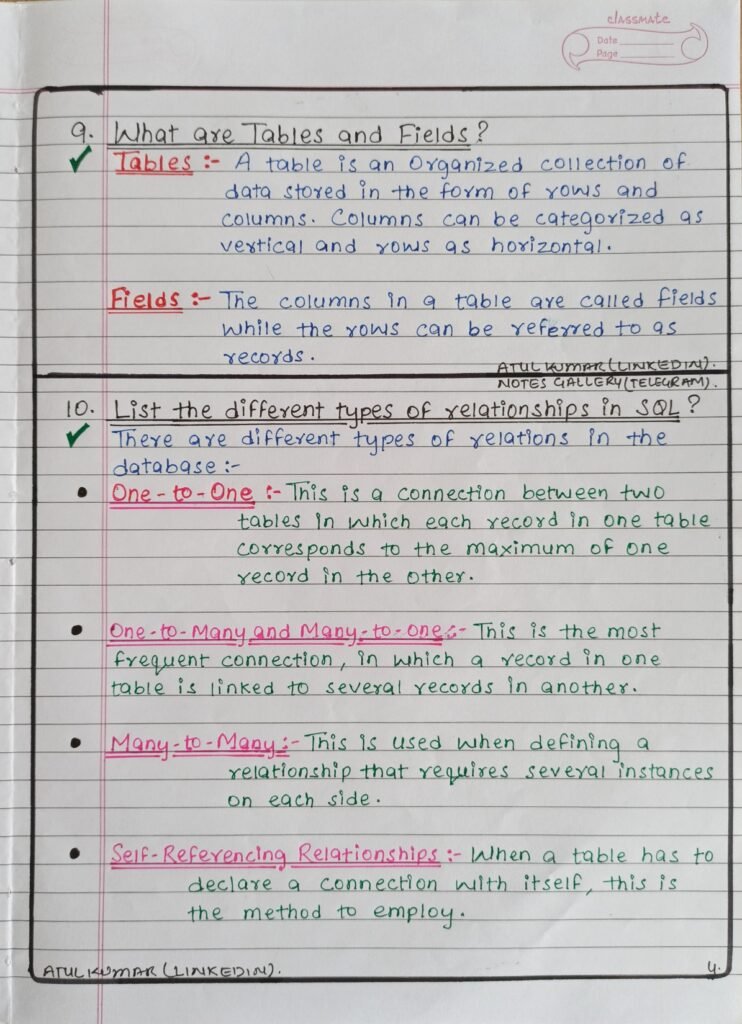
What to Expect:
“SQL Database Handwritten PART 1” covers a range of important topics in SQL database management, including:
- Introduction to Databases: An overview of databases, their importance, and the role of SQL as a language for managing data.
- Relational Database Concepts: Explaining the fundamental concepts of relational databases, such as tables, rows, columns, relationships, and keys.
- Entity-Relationship Model: Understanding the entity-relationship model and its application in designing database schemas.
- Structured Query Language (SQL): A comprehensive introduction to SQL, covering its syntax, data types, operators, and basic query construction.
- Data Definition Language (DDL): Exploring DDL commands for creating and modifying database objects, including tables, views, indexes, and constraints.
- Data Manipulation Language (DML): Understanding DML commands such as SELECT, INSERT, UPDATE, and DELETE, and their usage for retrieving, inserting, updating, and deleting data.
- Querying and Filtering Data: Techniques for constructing SQL queries to retrieve specific data from tables, including the usage of WHERE clauses and logical operators.
- Sorting and Grouping Data: Exploring the ORDER BY clause and the GROUP BY clause for sorting and aggregating data.
- Joining Tables: Understanding different types of table joins, including INNER JOIN, LEFT JOIN, RIGHT JOIN, and CROSS JOIN, and their usage to combine data from multiple tables.
- Data Integrity and Constraints: Explaining the importance of data integrity in databases and how to enforce it using constraints such as PRIMARY KEY, FOREIGN KEY, UNIQUE, and NOT NULL.
“SQL Database Handwritten PART 1” provides handwritten notes that act as a comprehensive guide to building a strong foundation in SQL database management.
Who Can Benefit from This Resource:
- Beginners starting their journey with SQL and databases, seeking a clear and concise introduction to SQL fundamentals.
- SQL practitioners and database professionals looking to refresh their knowledge and reinforce their understanding of core database concepts.
- Students studying database management or computer science courses, aiming to strengthen their understanding of SQL databases.
- Developers and analysts working with databases, seeking a handwritten reference that simplifies complex SQL concepts.
Conclusion:
With “SQL Database Handwritten PART 1,” you’ll have handwritten notes that lay a strong foundation in SQL database management. These notes offer a unique learning experience and ensure a solid understanding of SQL fundamentals. Whether you’re a beginner or an experienced professional, this resource will guide you in mastering the essentials of SQL databases.
Stay tuned as we unveil this invaluable handwritten resource that will be your trusted companion in your journey to becoming a proficient SQL database manager. Get ready to embark on a handwritten SQL adventure with “SQL Database Handwritten PART 1.”
Nu Of Pages:-
4 pages
To Download PDF:-
SQL DataBase HandWritten PART 2 From here
For Other SQL Books From here
